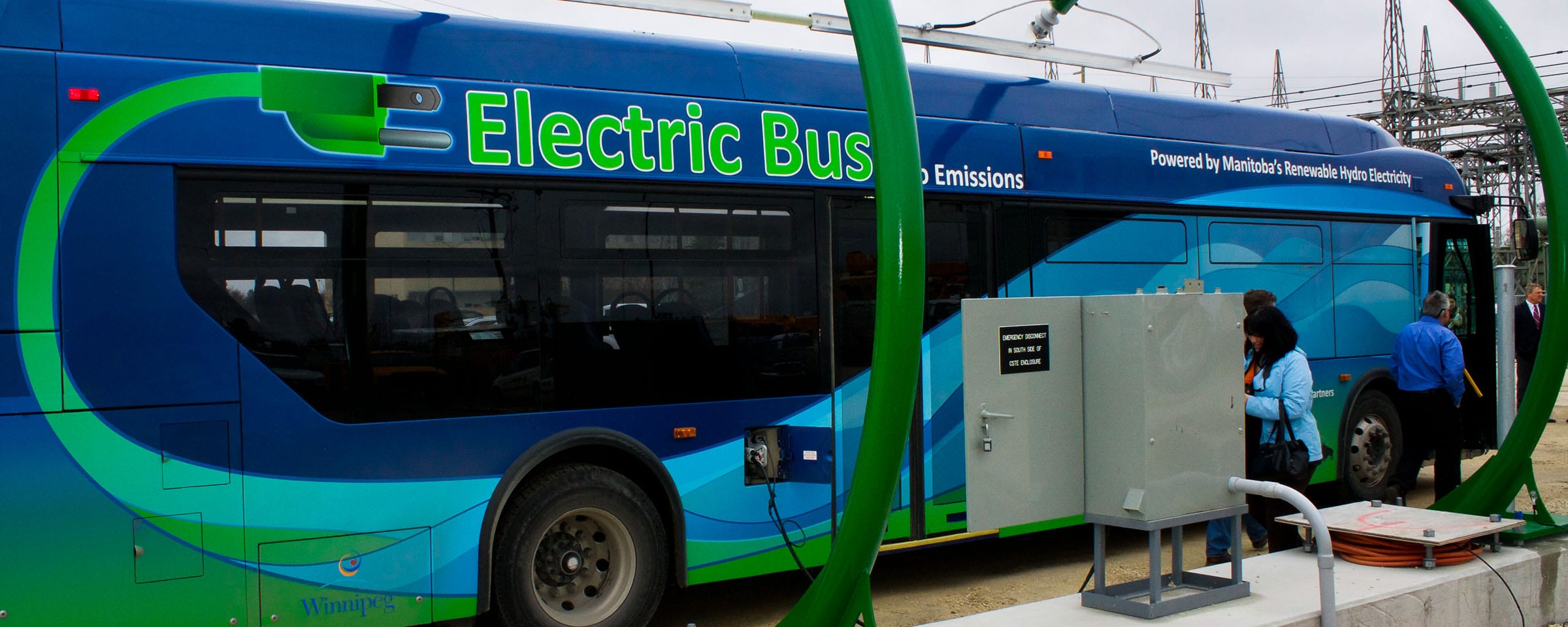A Q + A with Parimala Thulasiraman for the Vehicle Technology International Conference
In anticipation of the inaugural 2019 Vehicle Technology International Conference, we’re profiling some of our guest speakers to highlight the fascinating topics they’ll cover. Below, learn more about Parimala Thulasiraman, professor in the Department of Computer Science at the University of Manitoba:
Tell us about yourself – your background, field of interest, where do you work and what are your areas of expertise?
 “I am a Professor in the Department of Computer Science at the University of Manitoba. I received my B.Eng. (Honours) and M.A.Sc. degrees in Computer Engineering from Concordia University in Montreal, and obtained my Ph.D. from the University of Delaware in Newark, DE, USA after finishing most of my formalities in the Department of Computer Science at McGill University in Montreal.
“I am a Professor in the Department of Computer Science at the University of Manitoba. I received my B.Eng. (Honours) and M.A.Sc. degrees in Computer Engineering from Concordia University in Montreal, and obtained my Ph.D. from the University of Delaware in Newark, DE, USA after finishing most of my formalities in the Department of Computer Science at McGill University in Montreal.
My research interests are in developing, designing and implementing parallel and distributed algorithms for complex network optimization and graph analytic real world problems. In particular, in the parallel computing area, my focus is on futuristic multi-core architectures and quantum computers.
Within the distributed computing area, my research interests are in mobile ad hoc and vehicular ad hoc networks. To design algorithms, I borrow ideas from nature. Nature is highly parallel, distributed, adaptive and very efficient. The way ants forage for food or the way termites communicate with each other in the event of danger can be applied to solving routing or security problems in dynamic networks, respectively.”
What sparked your interest in vehicle technology?
“Autonomous vehicles are the future of transportation. Although the road network is static, the vehicular network is dynamic. As I was studying this problem, I realized that nature inspired techniques would be very useful in solving some of the challenging problems in vehicle technology. I saw a one-to-one mapping between a vehicle and a real ant in nature. Both are autonomous and communication is decentralized. The challenge I found, however, is how to map the mathematically defined nature-inspired models to the issues pertaining to dynamic applications. This sparked my interest. We cannot apply the existing nature inspired algorithms as is to solving problems. Some innovation and creativity is needed in designing decentralized, distributed algorithms. There is some fundamental research to be done in this area and it is fascinating to part of it.”
Give us a taste of the topics you’ll cover at the Vehicle Technology International Conference?
“I will be discussing the traffic aware routing problem as a single objective and multi-objective optimization problem. I will discuss the latest work on how we cluster the road points based on the flow of traffic on the road and how we predict traffic on these clusters using machine learning. In this work, traffic is the only optimization parameter. However, besides traffic, there are other parameters we can optimize on the network, that changes the problem from a single objective to multi-objective optimization problem, which is complicated to solve. The multi-objective optimization problem for routing is solved using genetic algorithm, an evolutionary, nature inspired algorithm.”
Anything else you’d like to add?
“I am excited to learn from the other speakers and audience at the conference. I would like to mention that my research would not have been possible without my research team consisting of undergraduate and graduate (MSc and PhD) students and post doctoral fellows. One of my graduate students will be presenting at this symposium.”
